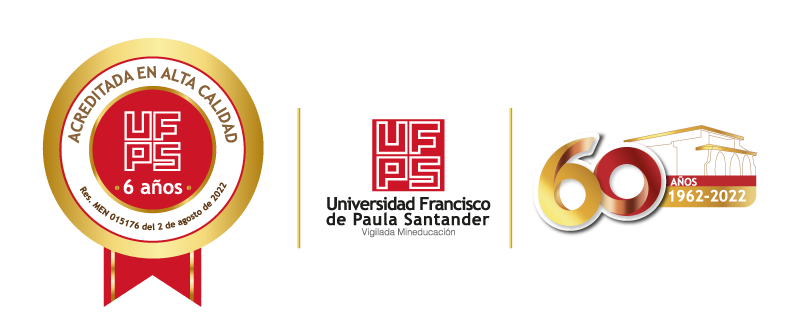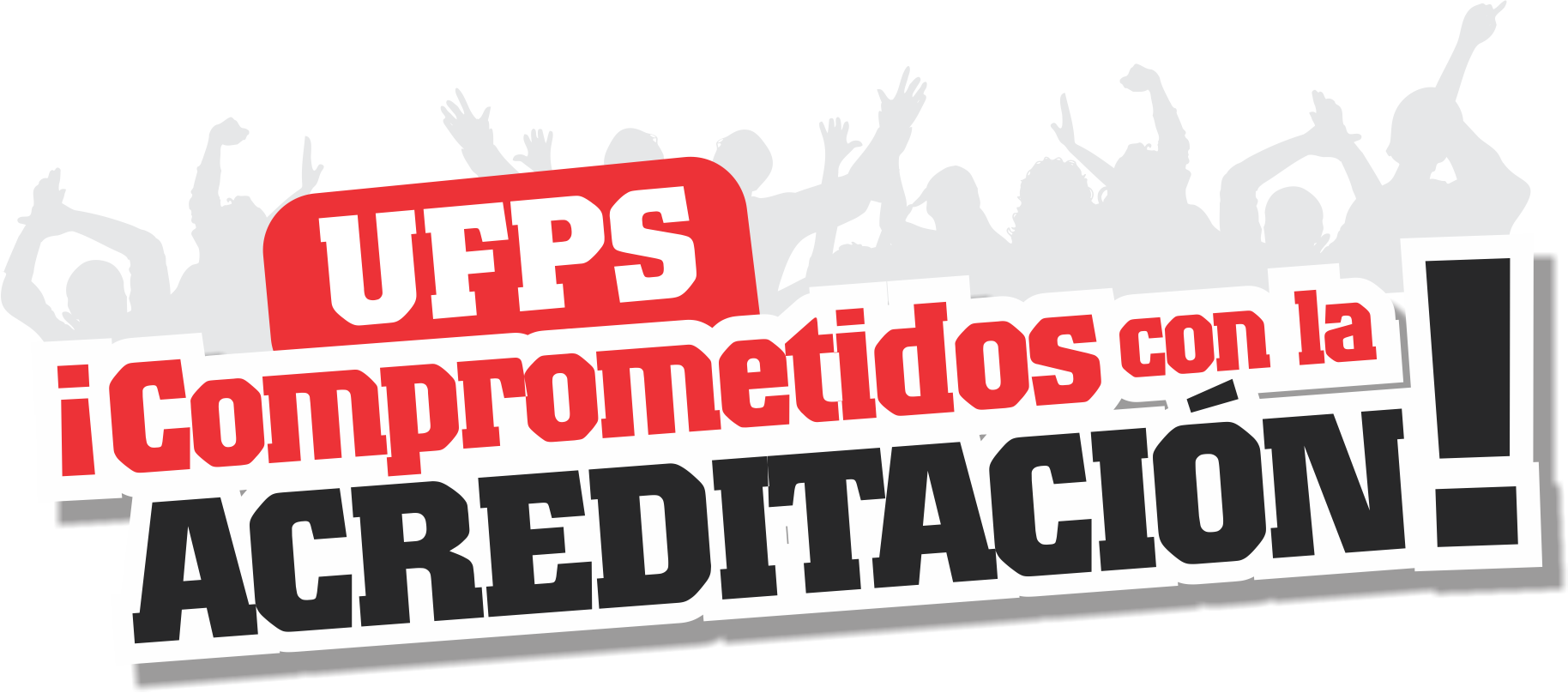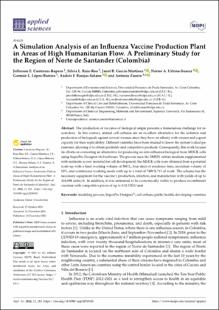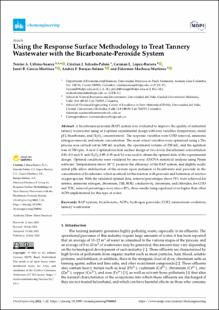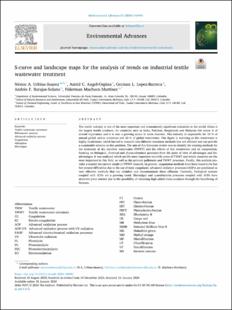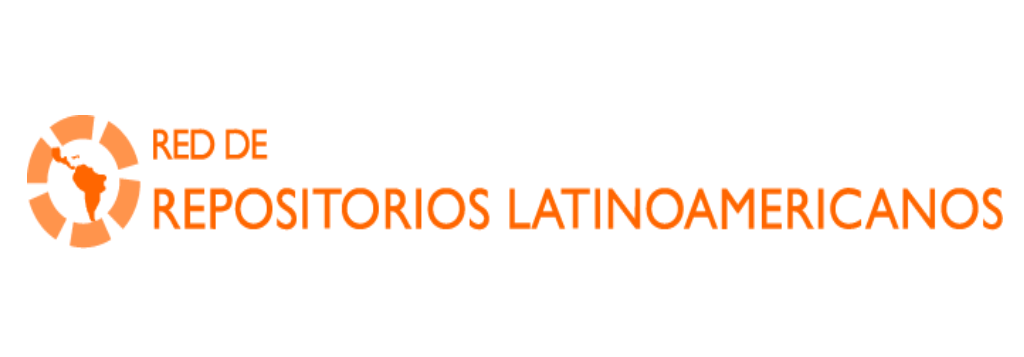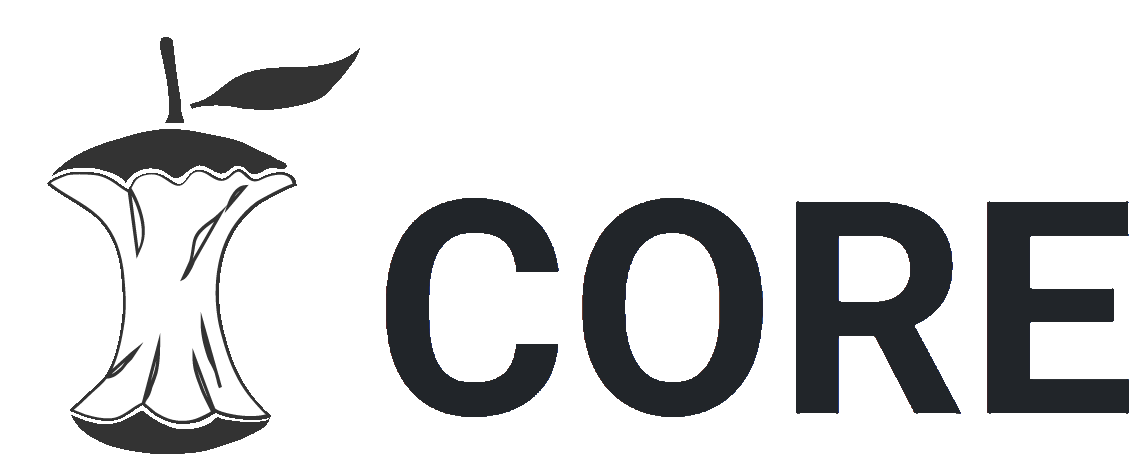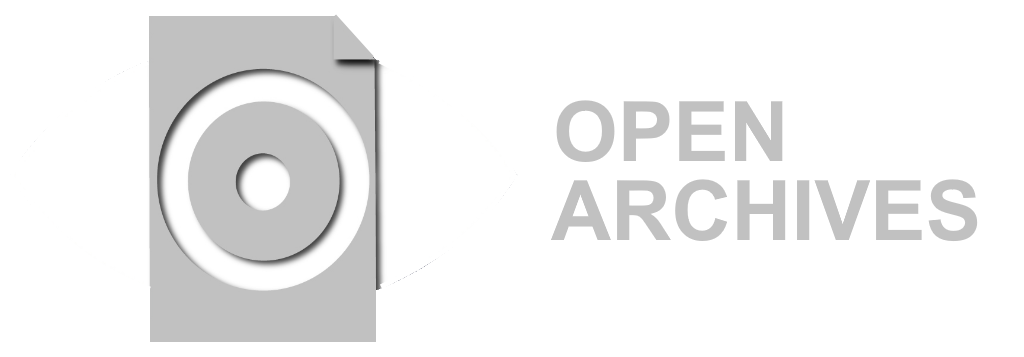Listar Grupo de Investigación en Ingeniería Ambiental - GRIAMB por fecha de publicación
Mostrando ítems 1-4 de 4
-
A Simulation Analysis of an Influenza Vaccine Production Plant in Areas of High Humanitarian Flow. A Preliminary Study for the Region of Norte de Santander (Colombia)
(Applied Sciences (Switzerland), 2021-12-24)The production of vaccines of biological origin presents a tremendous challenge for researchers. In this context, animal cell cultures are an excellent alternative for the isolation and production of biologicals against ... -
Bicarbonate-Hydrogen Peroxide System for Treating Dyeing Wastewater: Degradation of Organic Pollutants and Color Removal
(Toxics, 2023-04-11): The textile industry is a global economic driving force; however, it is also one of the most polluting industries, with highly toxic effluents which are complex to treat due to the recalcitrant nature of some compounds ... -
Using the Response Surface Methodology to Treat Tannery Wastewater with the Bicarbonate-Peroxide System
(ChemEngineering, 2023-07-16)A bicarbonate-peroxide (BAP) system was evaluated to improve the quality of industrial tannery wastewater using an I-optimal experimental design with four variables (temperature, initial pH, bicarbonate, and H2O2 concentration). ... -
S-curve and landscape maps for the analysis of trends on industrial textile wastewater treatment
(Environmental Advances, 2024-01-18)The textile industry is one of the most important and economically significant industries in the world. China is the largest textile producer, for countries such as India, Pakistan, Bangladesh and Malaysia this sector is ...
